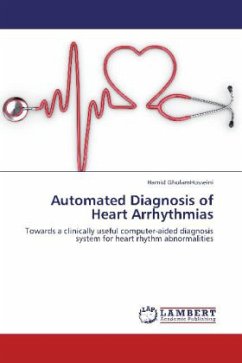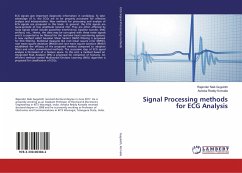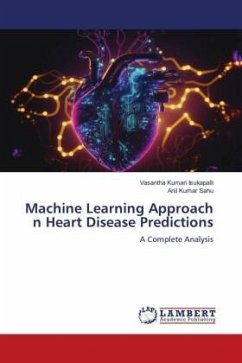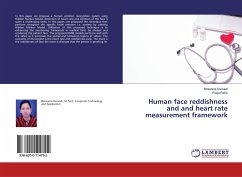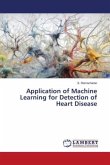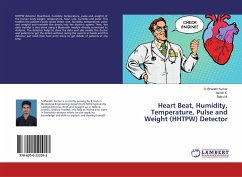An estimated 1 million people a year in the UK suffer from heart rhythm problems (arrhythmias). In America, over 2.5 million people are diagnosed with heart arrhythmias and this number is predicted to more than double by 2050. ElectroCardioGram (ECG/EKG) is considered to be the most suitable electrophysiological signal to monitor the activity of the heart. Automated analysis of ECG has significantly changed the traditional diagnostic approach to heart beat abnormalities in the past. This book focuses on digital processing of the ECG signal to enhance the performance of computer-aided diagnosis systems as well as to reduce the interpretation complexity of cardiac arrhythmias. A set of efficient and subject-independent features was extracted from the ECG and fed in to a multistage classifier for detecting five different cardiac arrhythmias. Thus, this book presents a new diagnostic system for continuous monitoring of heart rhythms which could result in the reduction of the mortality rate associated with cardiac disease.
